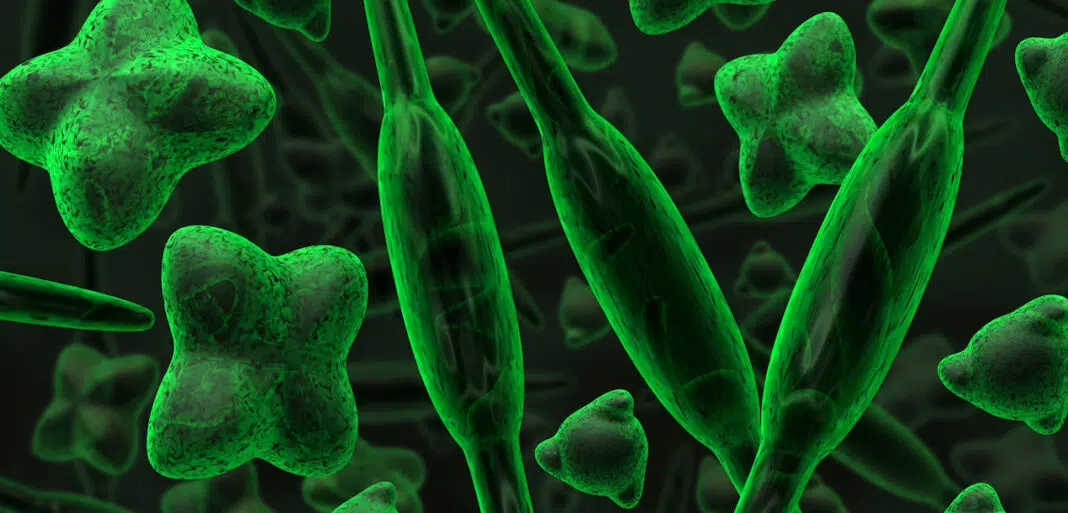Researchers have published a breakthrough study in Frontiers in Science that provides the largest database of marine microbes.
However, it is much more than a simple catalog and pairs the microbes with biological function, habitat type and location.
Already, the catalog has uncovered great differences in microbial activity between the ocean floor and water column. The research also uncovered a surprisingly large number of fungi inhabiting the mesopelagic ocean zone.
According to Elisa Laiolo, the study’s lead author from the King Abdullah University of Science and Technology (KAUST) in Saudi Arabia:
“The KMAP Global Ocean Gene Catalog 1.0 is a leap toward understanding the ocean’s full diversity, containing more than 317 million gene groups from marine organisms around the world. The catalog focuses on marine microbes, which greatly impact human lives through their influence on the ocean’s health and the Earth’s climate. Since each species has its own set of genes, we can identify which organisms are in an ocean sample by analyzing its genetic material. Two technological advances have made this possible at scale. The first is the enormous increase in speed, and decrease in cost, of DNA sequencing technologies. This has allowed researchers to sequence all the genetic material in thousands of ocean samples. The second is the development of massive computational power and AI technologies, which make it possible to analyze these millions of sequences.”
While KAUST faculty member Professor Carlos Durate and study senior author added:
“The catalog is freely available through the KAUST Metagenomic Analysis Platform (KMAP)… Scientists can access the catalog remotely to investigate how different ocean ecosystems work, track the impact of pollution and global warming, and search for biotechnology applications such as new antibiotics or new ways to break down plastics – the possibilities are endless! This achievement reflects the critical importance of open science. Building the catalog was only possible thanks to ambitious global sailing expeditions where the samples were collected and the sharing of the samples’ DNA in the open-access European Nucleotide Archive. We are continuing these collaborative efforts by making the catalog freely available.”
You can find the original research here.

